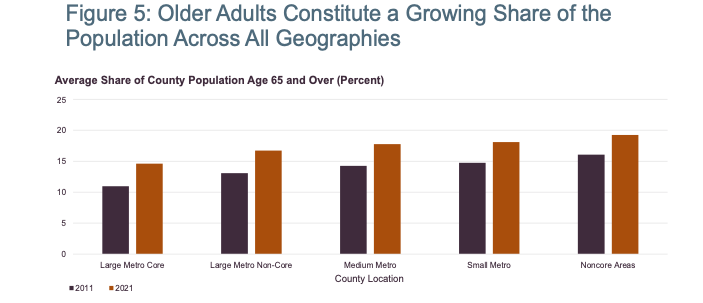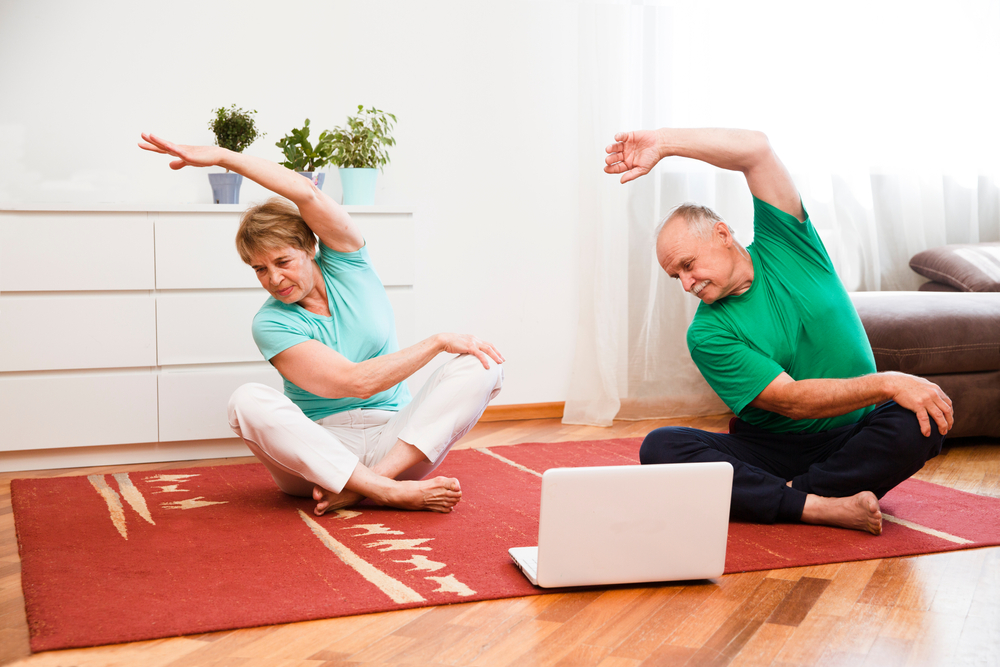4 Things To Consider Before Moving Parents Into Your Home

As your parent ages, you might be wondering what the future will look like when it comes to their health, their care, and their living situation. If moving parents into your home is a possibility you are either entertaining or shying away from, you need to be sure you are considering multiple factors.
It’s a big decision to move a parent into your home, and it’s certainly not for everyone. Both family members and the senior can struggle with knowing if becoming roommates is the best decision for the relationship and for the budget. By considering the financial and emotional costs ahead of time, both you and your parent will be in a better position to make an informed — rather than purely emotional — decision. Here are tips to keep in mind.
Can you afford to move a parent into your home?
At first glance, you might think that moving a parent into your home will save costs. After all, they won’t need to pay a mortgage, home insurance, or other homeowner costs. However, caregiving at your own home can get expensive quickly.
According to AARP’s 2021 Caregiving Out-of-Pocket Costs Study, annual costs for caregiving tasks or supplies average more than $7,200 per year. This cost does not take into account child-related expenses and instead is solely focused on caregiving for older parents.
It’s important to take some time to look at your current budget and predict how it might change if your parent moves in. For example, you’ll continue to pay your own household expenses, including mortgage and insurance, but you will likely increase your payments for groceries as well as any home improvements or modifications to make your new living arrangement safe for your older parent.
Walt Mozdzer, an experienced senior financial adviser, is used to advising clients about housing and financial decisions. But a few years ago, he found himself in his client’s position: His mother was struggling with medical problems. It was complicated by a “souring relationship” with his sister-in-law, with whom his mother lived in the neighboring state.
Walt and his wife opted to move his mother into their home. But, his mother couldn’t manage the stairs in their two-story home, so Walt spent hundreds of dollars modifying the space.
“Our preparation costs included tearing up our dining room to put in a hospital bed and a modular shower downstairs,” Walt said.
Walt’s mother paid him rent every month, but because she liked the house to be much warmer than he was used to, the family’s utility bills grew. With an additional person at the table, the family’s grocery bills grew too. To give his wife some alone time, Walt also took his mother to an adult care program two days a week, which he says cost several hundred dollars per month.
“There are other hidden costs in caregiving, such as time spent transporting your parent to doctor appointments and to the local big-box store for greeting cards, yarn, postage stamps, and so on,” he said.
Spending time now forecasting additional costs can help to ensure your budget stays intact.
Do you have the support you need to stay healthy?
Moving a parent into your home is more than just a financial responsibility. It also has serious ramifications on your emotional health. The Sandwich Generation — or adult children who are tasked with caring for their own children as well as for their aging parents — is under a great deal of stress thanks to all of the personal and professional obligations they carry. Without the proper support, moving a parent into your home can end up leaving you with caregiver burnout.
According to the Family Caregiver Alliance, family caregivers are at an increased risk for burnout symptoms ranging from increased depression and anxiety to increased risk of heart disease. In short, family caregivers are often in worse health than their non-caregiving peers.
Before you consider moving your parents into your home, make sure you have the support systems in place so that you aren’t shouldering all of the caregiving tasks. Ask other family members to commit to helping out weekly with specific tasks, such as running Mom to the doctor or giving you a night off by stopping by with dinner.
You can also research home care services near you. A visiting caregiver can come to your home to assist as scheduled, which can offer you a nice respite when you need it. Keep in mind, though, that this service can become expensive quite quickly.
Is your home safe for your parent?
If your parent has mobility challenges, chronic pain, cognitive decline or other complex medical conditions, you might simply not be set up to keep them safe in your home. Safety modifications, including grab bars, new lighting, and step-in showers, can prevent the risk of falling, but they begin to add up quickly. In cases of cognitive decline, leaving home to go to work might become unrealistic if your parent needs more hands-on support and redirection.
Talk to your local Area Agency on Aging for recommendations that you can use to adjust your home to best suit your parent’s mobility and abilities. If you are unable to provide them with the safety adjustments they need, moving in might not be the best — or safest — idea right now.
Is Mom going to be isolated or lonely?
Beyond how moving your parents into your home affects you, it also affects them. While you and your parents might be more engaged with one another when living together, they will likely miss their neighbors and friends once they move to your home. Without reliable transportation, they might not be able to attend events or programs they once enjoyed and looked forward to.
Isolation and feelings of loneliness are common in older adults, though we are only beginning to learn the health consequences that accompany these feelings. The National Institutes of Health reports that isolated seniors are more likely to be depressed, have more rapid cognitive decline, and are more vulnerable to heart disease than their social peers.
What are your other options?
Moving your parents into your home might not be the best decision for you or for them, and while there are a lot of emotions that come with that decision, many others in your situation come to the same conclusion. Instead of finding support systems and a contractor to modify your current home, focus your energy on finding realistic and healthy alternatives to your parent living with you or on their own.
Today’s senior living communities are not like what you might be imagining, especially if you have not been to a community in the past decade. Exceptional communities are committed to creating an environment not just focused on safety and care, but also on promoting healthy living and important social connections. It is also common for family relationships to thrive when a parent chooses community living because it gives everyone peace of mind and the opportunity to be family and not roommates.
The right senior living community can offer your parent luxury amenities, personalized care assistance (if needed), and a social lifestyle to support overall wellness.



.jpeg?width=6875&height=4856&name=AdobeStock_536583618%20(1).jpeg)










